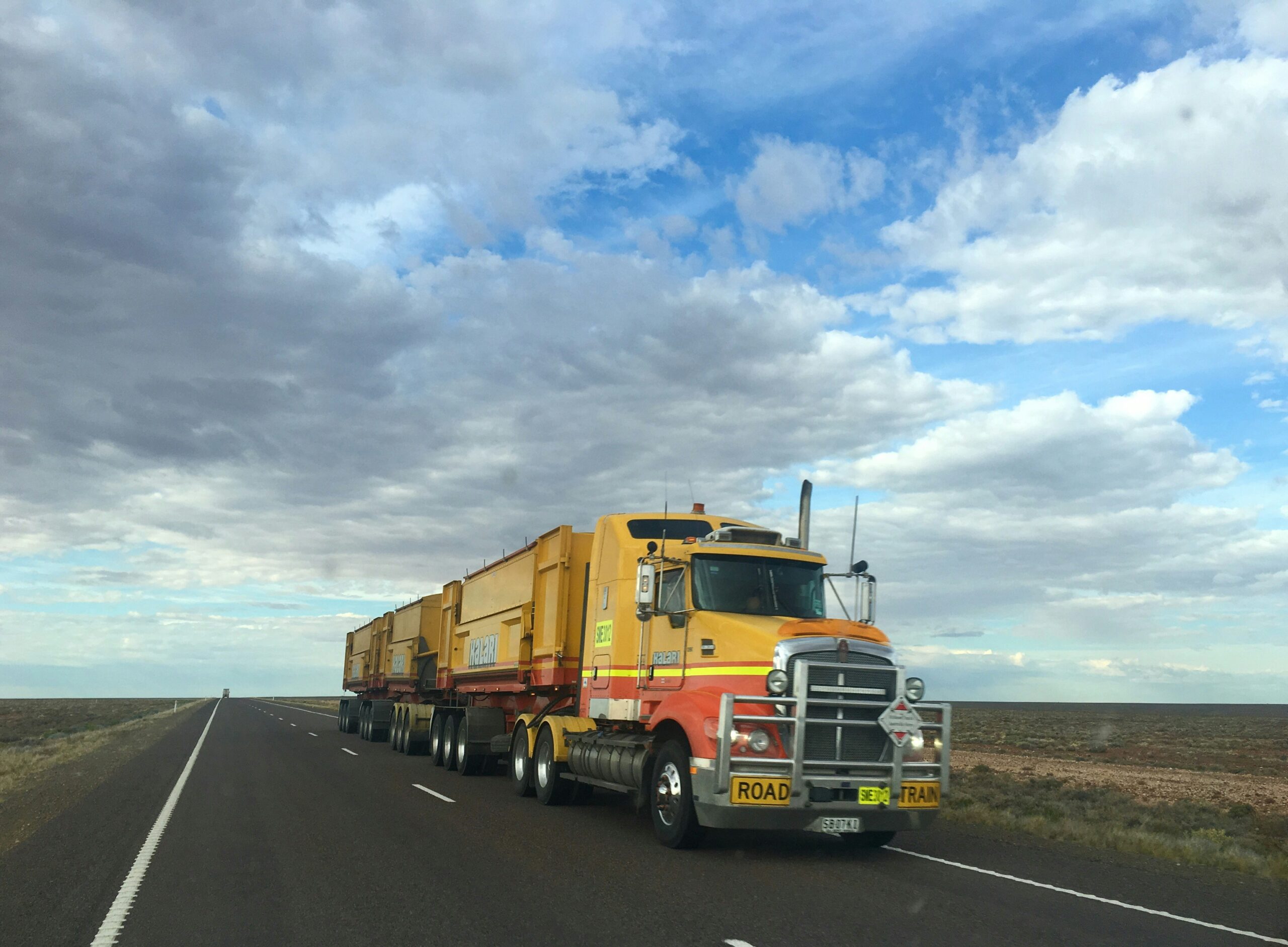If you’re shipping large volumes of goods over the road, then Full Truckload (FTL) is (probably) the best option.
It’s also a popular option in international commerce, with the global market for FTL valued at US$3 trillion last year and projected to reach US$3.7 trillion by 2030 with a CAGR of 3.5%.
So, if you’re weighing which trucking method suits your e-commerce or wholesale business best, here’s what you need to know about FTL shipping.
What Is FTL In Trucking?
FTL (Full Truckload) is a freight shipping method where the goods of a single shipper occupy the entire trailer. Here, the truck picks up the freight from one origin and delivers it directly to a single destination, without intermediate stops or the additional handling typically required to load and unload freight from other shippers. It’s a quick and secure way to ship large volumes over the road.
How Does Full Truckload (FTL) Work?
In Full Truckload shipping, a dedicated FTL truck is dispatched to load the entire shipment and then travels directly from the loading point to the final destination, without other pickups or drop-offs along the way.
Unlike other road transport options that consolidate multiple shipments, the direct-route approach minimizes handling, reducing the risk of damage or loss during transit. It also speeds up deliveries and makes timelines more predictable.
Advanced technologies, such as real-time tracking systems and route optimization software, further streamline FTL shipping, enhancing efficiency and lowering fuel consumption.
What Are The Benefits Of FTL?
FTL shipping offers several advantages for wholesalers and retailers alike:
Speed
FTL shipments are non-stop and, therefore, faster than LTL (Less-than-TruckLoad) – vital for expedited shipments or Just-In-Time (JIT) inventory strategies, minimizing delays that could disrupt production.
Security
With fewer handling points and a dedicated truck, the risk of damage or loss of your goods is significantly reduced. The cargo remains sealed in the same trailer throughout its journey, and you have extra peace of mind when shipping high-value or sensitive items.
Lower Cost (For Large Shipments)
If you have sufficient volume to fill an entire truck, FTL often comes at a lower cost per unit than shipping smaller loads in shared, LTL shipments. Not only do you avoid intermediate handling fees, but it also helps you optimize load capacity – thus maximizing the value of each trip.
Disadvantages Of FTL
FTL has potential drawbacks – especially when you need to ship smaller loads.
So, if your shipment doesn’t fill a truck, you’ll still have to pay for the entire (unused) FTL trailer space. You’d also be shipping inefficiently and less sustainably: underutilized trailers waste resources and generate unnecessary CO₂ emissions that could have been avoided by consolidating loads.
But if you have a fairly large load and prefer less handling, other shipping modes – such as Partial TruckLoad (PTL) – usually involve fewer stops and less loading or unloading, as the freight often stays on the same trailer from origin to destination.
When Is Full Truckload (FTL) The Best Option?
Full truckload logistics is the optimal choice for several scenarios:
- Large Shipments: When your load can fully – or almost fully – occupy a trailer, FTL is the most economical and efficient method.
- High-Value or Fragile Goods: Reduced handling and direct transit minimize the risk of damage, making it ideal for delicate or expensive items.
- Time-Sensitive Deliveries: The direct, point-to-point service ensures faster delivery, crucial for urgent shipments.
- Compliance with Retailer Routing Guides: For wholesalers shipping to big-box retailers, FTL ensures accurate packing, labeling, and timely delivery according to strict retail compliance requirements, helping avoid chargebacks.
How Many Pallets Fit In An FTL Shipment?
A Full Truckload shipment in a 53-foot trailer (16.15 m) typically fits 24–26 standard 48″x40″ pallets (120 cm × 100 cm) when single-stacked, or up to 52 pallets if the cargo permits stacking.
The exact number depends on pallet size, stackability, weight limits (around 45,000–46,000 lbs or ≈20.4–20.9 tons), and loading methods. Fragile goods or oversized pallets may reduce the capacity.
How Do I Ship Things FTL?
If you wish to ship goods via FTL, you’ll be much better off partnering with an experienced third-party logistics (3PL) provider.
Fulfillment experts, like Agile SCS, offer transportation management solutions, including FTL options, and leverage multi-carrier rate shopping to find the best rates from reliable carriers.
Expert 3PLs manage all aspects of transportation, from planning and execution to tracking and optimization, ensuring seamless flow from origin to destination.
Additionally, they employ technology like Warehouse Management Systems (WMS) and Transportation Management Systems (TMS) to provide end-to-end visibility into the supply chain.
Differences From Other Truck Shipping Modes (FTL, LTL, PTL)
Here are the core differences of FTL vs LTL vs PTL shipping:
FTL (Full Truckload)
Utilizes the entire truck’s capacity for a single shipper’s goods, moving directly to the destination. This is suitable for large volumes, offering speed and reduced handling.
PTL (Partial Truckload)
Falls between LTL and FTL, ideal for medium-sized shipments that don’t fill an entire truck but are too large or costly for LTL. Fewer stops and transfers than LTL mean reduced handling and faster transit, while still offering cost savings over FTL.
LTL (Less-Than-Truckload)
Involves transporting smaller shipments that do not require a full truck. Multiple shippers share space on the same truck, making LTL a cost-efficient and flexible method for low-volume loads. However, LTL shipments may involve multiple stops and transfers, potentially increasing transit time and handling risks.
Is FTL Shipping Right For You?
We know shipping decisions can feel overwhelming. That’s why Agile SCS makes it simple, combining smart tech with hands-on expertise to guide your freight every step of the way. Reach out – we’re here to help!




